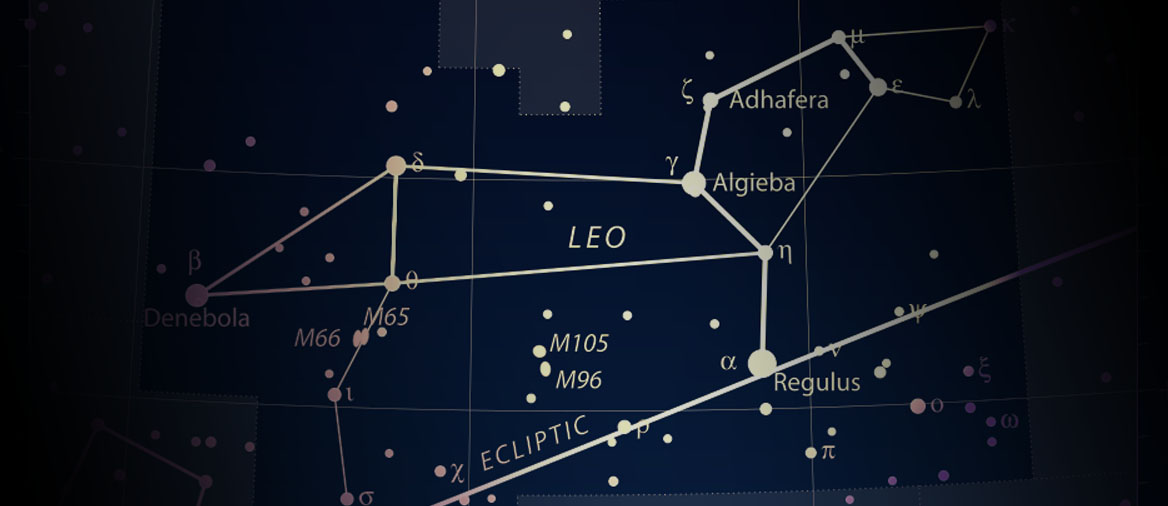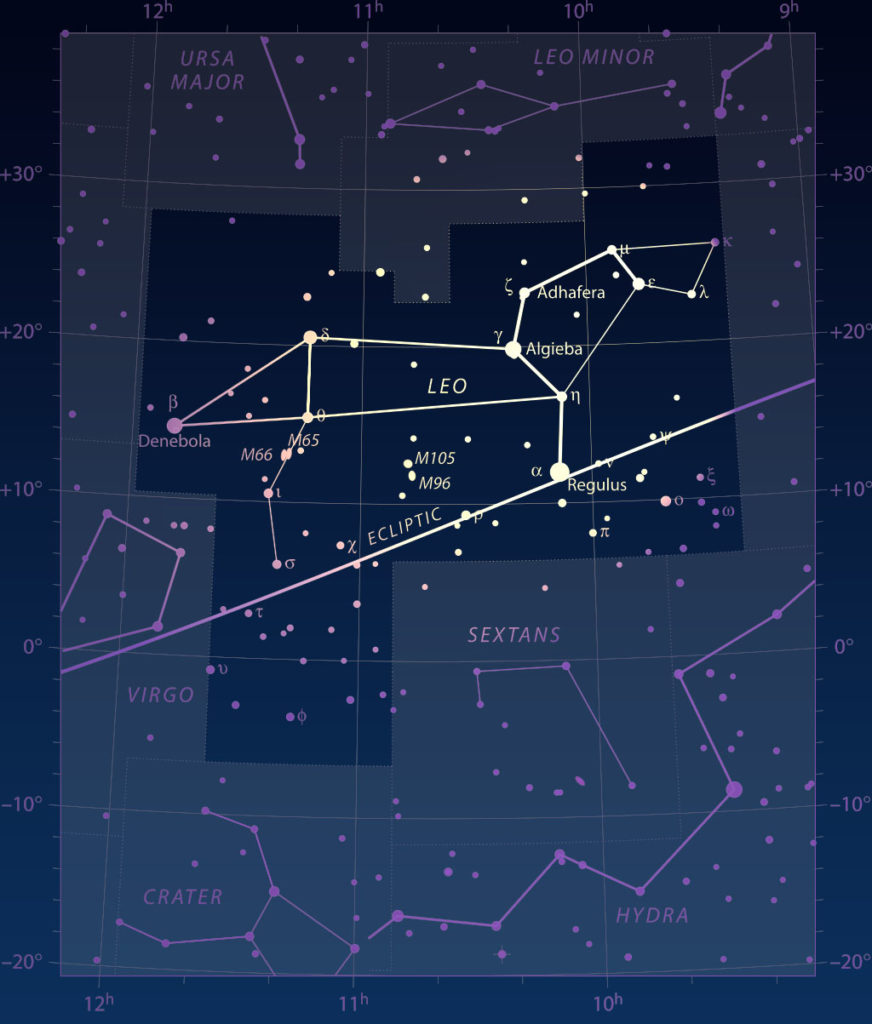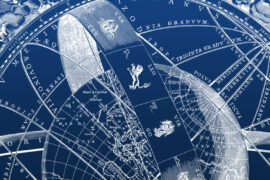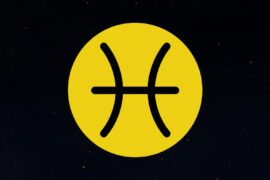Finding constellations in the sky is a really fun hobby and a handy skill if you ever find yourself trying to find directions without a phone. Whatever your reason is to to want to locate it here is how you can easily find the Leo constellation in the night sky.
Leo is easy to find when you learn this one simple trick (did that sound like a fake internet guru line?). It is very straightforward and works during all the seasons when Leo is visible in the sky so you should have no trouble learning it.
When is the Leo constellation visible in the night sky
Not all constellations in the sky are visible all year long. Because of their alignment to Earth’s orbit, the constellations in the Zodiac belt are fully visible for about 9 months and then move to the area behind the Sun where they remain invisible to us from Earth for 3 months or so.
The best time to view the Leo constellation is in April. That’s the month where it can be located right above our heads at around 9:00 PM.
However, Leo is visible in the sky from October to July and is pretty easy to locate all throughout this period.
Between August 10 and September 10, Leo fully hides behind the Sun. This differs a bit from the astrology dates for the zodiac where they consider the Sun to be in Taurus from July 23 to August 22.
In what parts of the world is Leo visible?
Leo can be seen from pretty much anywhere on Earth except for Antarctica. The exact latitudes are +90° to -65 ° which extends all the way from the North Pole to a few miles to the south of Argentina.
How to find the Leo constellation
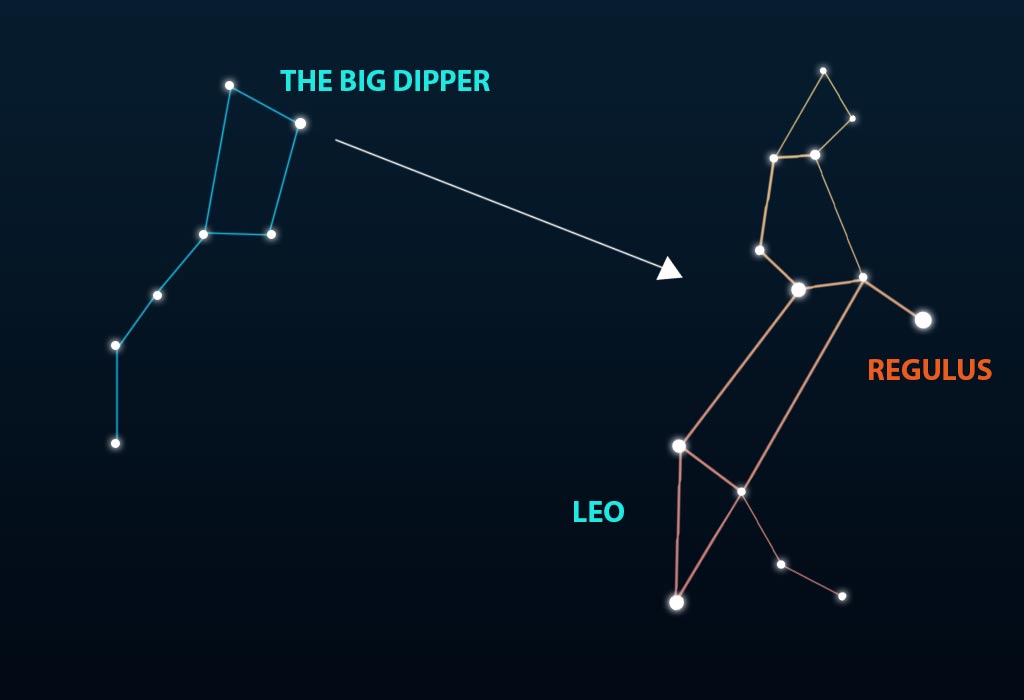
Let’s get one thing clear first. This method only really works in the northern hemisphere because the Big Dipper hides in most of the southern hemisphere. If you are in the U.S., Canada or Europe, you should be ok and you will be able to use this.
The good news is it does work all year round (except when Leo is not visible) so you don’t have to wait for any specific window of time.
The trick to finding a constellation is usually to find its brightest star as it will be easier to do. In this case, we are going to locate Alpha Leonis, more commonly known as Regulus. Regulus forms the base of the Leo constellation so once you find it you shouldn’t have much trouble visualizing the rest of the lion and joining the dots.
Finding Leo only takes these 3 simple steps.
- Find the “Big Dipper”
- Take the two stars that form the ‘dipper’ opposite to the ‘handle’
- Extend an imaginary line from these two stars until you find a very bright star. This is Regulus, the brightest star in Leo.
In case you need additional help, the big dipper is a very famous asterism in the sky that looks, well, like a dipper. An asterism is a group of stars that form a certain shape but aren’t recognized officially as constellations.
In fact, the big dipper is part of the Ursa Major (big bear) constellation. It is not hard to find as long as the sky is clear but if you need some extra help, try finding the North Star (Polaris), a.k.a the brightest star in the sky. That is in the little dipper which is neighbor to the big dipper so you just need to look in the vicinity.
In fact, the same line that you will use to find Regulus, also points to Polaris when extended in the opposite direction.
Once you have found Regulus, the rest of the lion should be titled about 90° like it is shown in the illustration above.
How to find Leo using sky coordinates
If you want to skip the hard work of tracing imaginary lines in the sky in order to find a constellation, you can always get a GoTo mount. These are computerized telescope mounts with an input device where you can enter the exact coordinates of any given star. Once you enter this information, just press go and the mount will re-align itself to the location you want it pointed at.
In order to find the coordinates for a star, you can use an online catalogue that will calculate everything for you depending on your location. Here’s the direct link to Regulus’ page at in-the-sky.org which will give you all the information you need.
Unfortunately, this method has a high barrier of entry as you need a capable telescope with an expensive mount, but if you do have access to those things, it is probably the easiest (and definitely the most impressive) way.
How to find Leo using your phone
Perhaps an easier, but way less fun way to locate a constellation than buying an expensive telescope mount is simply using a device you already have: your phone.
There are multiple “star chart” apps that will use your GPS location and show you a map of the stars above you with labels and illustration to help you understand what you are looking at.
My personal favorite app for this is SkyMap because it is so simple and lightweight. It was originally a Google Labs apps so you know it os good. Unfortunately, it is only available for android devices.
An option for iOS users is Sky Safari which actually has more bells and whistles than SkyMap, but it takes a lot of space and can sometimes feel sluggish. It is also $2.99 while SkyMap is free.
How to find more constellations
Aries – Taurus – Gemini – Cancer – Leo – Virgo – Libra – Scorpius – Saggitarius – Capricornus – Aquarius – Pisces

